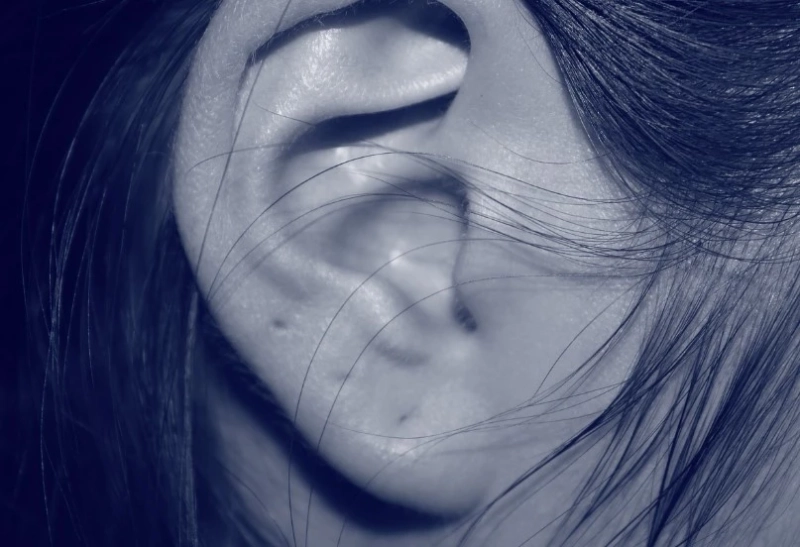Ear piercing is a common form of body modification that dates back centuries and holds cultural significance in many societies. Whether it's for fashion, tradition, or personal expression, getting your ears pierced can be an exciting experience. Before you take the plunge, it's essential to understand the precautions involved to ensure a safe and successful piercing process.
Understanding the Risks
Before getting your ears pierced, it's crucial to understand the potential risks involved. While ear piercing is generally considered safe when performed by a professional using sterile equipment, there is still a risk of infection, allergic reactions, and other complications. Being aware of these risks allows you to make an informed decision and take necessary precautions.
One of the most common risks associated with ear piercing is infection. The piercing creates an open wound in the skin, making it susceptible to bacterial contamination. If proper hygiene practices are not followed during the piercing process or in the aftercare phase, bacteria can enter the wound, leading to infection. Symptoms of an infected piercing may include redness, swelling, warmth, tenderness, and discharge.
Choosing a Reputable Piercing Studio
Selecting the right piercing studio is paramount to your safety and the success of your ear piercing. Before booking an appointment, verify that the piercing studio holds the necessary licences and certifications required by local health authorities. Choosing a licensed studio like Blomdahl, which adheres to the ISO 13487 safety standard, guarantees that the studio upholds precise hygiene and safety criteria.
The expertise of the piercer also plays a pivotal role in the outcome of your piercing experience. Seek studios staffed by experienced professionals who have undergone rigorous training and certification in piercing techniques and hygiene protocols.
Ensuring High-Quality Piercings
Investing in high-quality earrings is another crucial precaution to consider before getting your ears pierced. Opting for earrings made from reputable materials such as surgical-grade stainless steel, titanium, or solid gold can significantly reduce the risk of allergic reactions, infections, and other complications.
Low-quality earrings made from cheap materials may contain nickel or other allergens that can irritate sensitive skin and lead to allergic reactions. Poorly made earrings may have rough edges or uneven surfaces that can cause discomfort and increase the risk of injury to the pierced area.
Choosing high-quality earrings not only promotes better healing and reduces the risk of complications but also ensures long-term comfort and satisfaction with your new piercings.
Discussing Allergies and Medical Conditions
Before getting your ears pierced, it's essential to disclose any allergies or medical conditions you may have to your piercer. Certain metals used in earrings, such as nickel, can cause allergic reactions in some individuals. If you have a known allergy, discuss alternative options with your piercer, such as hypoallergenic earrings made from materials like titanium or surgical-grade stainless steel.
Building a rapport with your piercer based on open communication and trust is key to a successful piercing experience. Don't hesitate to ask questions or express any concerns you may have regarding your allergies, medical history, or the piercing procedure itself. Your piercer is there to support you every step of the way and ensure that your needs and safety are prioritised throughout the process.
Preparing Your Earlobes
Before undergoing the ear piercing procedure, it's essential to adequately prepare your earlobes to promote optimal healing and minimise the risk of complications. Take a close look at your earlobes to check for any cuts, abrasions, or signs of infection.
It's essential to address any existing skin issues before proceeding with the piercing to prevent complications and promote proper healing. On the day of your piercing appointment, refrain from applying creams, lotions, oils, or other skincare products to your earlobes.
In addition to physical preparation, it's essential to mentally prepare yourself for the piercing experience. Practice relaxation techniques such as deep breathing, visualisation, or mindfulness meditation to help alleviate any pre-piercing anxiety or nervousness. Remember that ear piercing is a relatively quick and straightforward procedure, and your piercer is trained to ensure your comfort and safety throughout the process.
Understanding Aftercare Instructions
After getting your ears pierced, following proper aftercare instructions is crucial for preventing infections and promoting healing. Your piercer should provide you with detailed aftercare guidelines, including how to clean your piercings, what products to use, and how to avoid irritation.
It's essential to follow these instructions diligently and avoid touching your piercings with dirty hands. Ignoring aftercare instructions could harbour bacteria, which ultimately leads to a range of problems.
Monitoring for Signs of Infection
Even with proper precautions and aftercare, there is still a risk of infection after getting your ears pierced. Be vigilant in observing your piercings for indications of infection, including redness, swelling, discomfort, or discharge.
If any of these symptoms arise, it's important to promptly reach out to your piercer or healthcare provider for immediate guidance and appropriate treatment. If you notice any signs of infection, it's crucial not to ignore them or attempt to self-diagnose.
Conclusion
Getting your ears pierced can be a rewarding and enjoyable experience, but it's essential to take the necessary precautions to ensure a safe and successful outcome. By taking the necessary precautions outlined in this article, you can minimise risks and promote a positive piercing experience.


